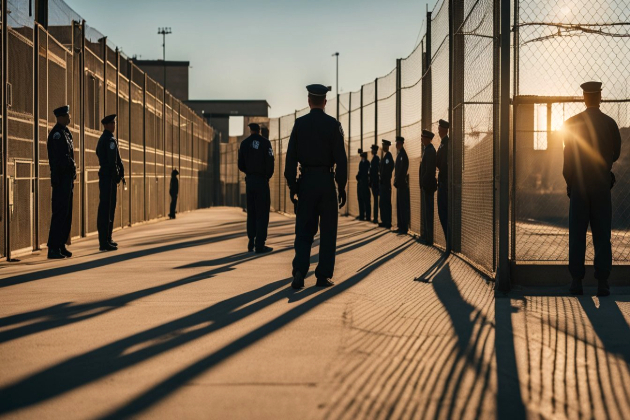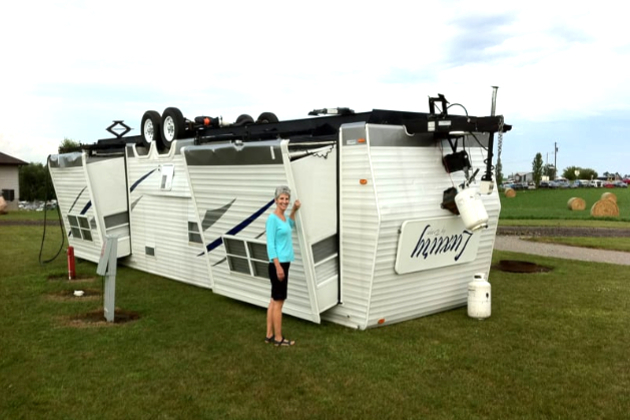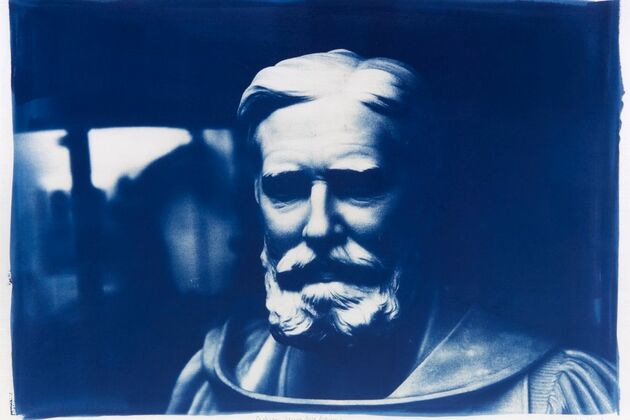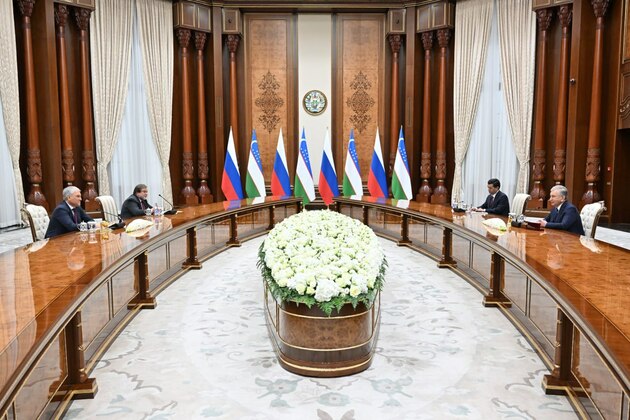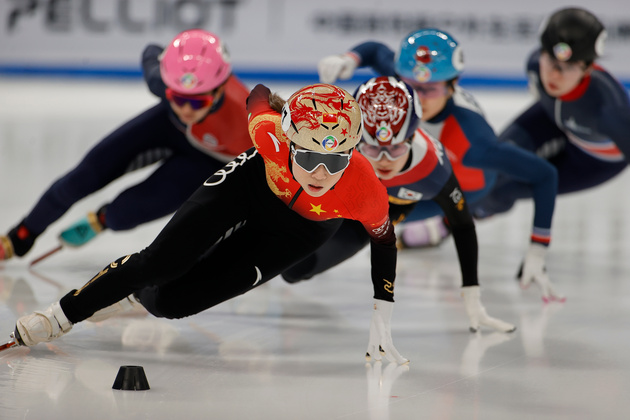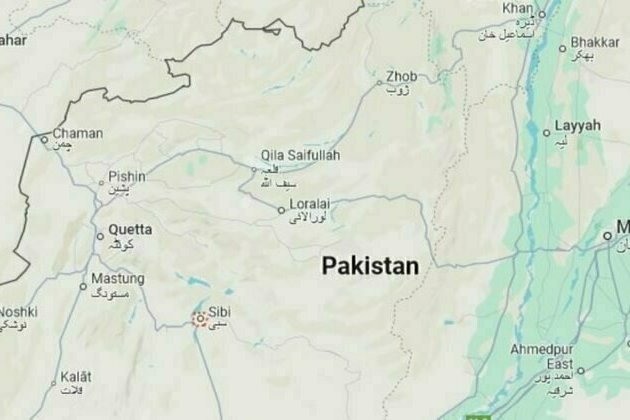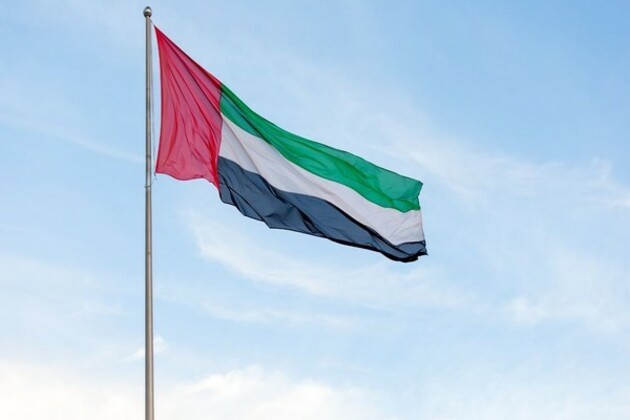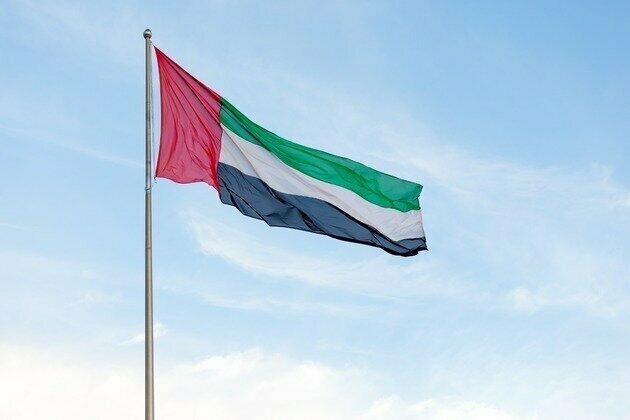Culture of Hijab in Iran; From Past to Present
Iran Front Page
12 Jan 2019, 16:43 GMT+10
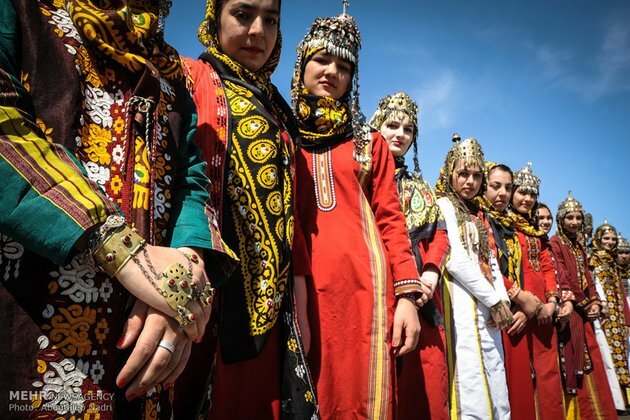
The Iranian community has been observing some form of Islamic dress code (hijab) since the ancient times the Achaemenid era in particular up to now.
In many images and designs of the centuries before the advent of Islam and afterwards, Iranian men and women have observed Hijab and maintained their dignity by covering their heads and their body.
Therefore, one can say the Iranian culture and civilisation is different from other cultures including that of Greece, in which men and women were occasionally bare or not covering their bodies fully.
The Iranian historical trend shows that the majority of people, including men and women, tended to put on more covered clothes than other societies.
According to Hadi Vakili, an associate professor at the History Department of Ferdowsi University of Mashhad, the anti-hijab movement entered Irans history several times, but at no point was welcomed by Iranians.
In the same ancient Iran, when Alexander the Great and later the Seleucids entered Iran, their culture was not the same as those of the Iranians regarding their clothes. In another word, they were not observing Hijab, but the Iranian society did not accept them, he said.
A photo retrieved from French traveller Jean Chardin's "Travels in Persia" book
Similarly, Mongol women or some other ethnic minorities in Iran did not have full hijab, but they were adapted to the Iranian culture and society and started to wear Iranian-style clothes.
Another important event against hijab in Iran was the removing of hijab by Reza Khan. It was a very clear example of tyranny and modernisation of the Iranian society by force of guns and bayonets. This move, despite the great efforts of the Pahlavi regime, who used all the country's facilities to ban hijab, failed to be accepted by the majority of the society and was defeated by the power of culture.
Part of this culture has its roots in the culture of Iranian tribes and their wearing-style that dates back hundreds of years.
A few days ago, Deputy Speaker of Irans Parliament Ali Motahari said in a speech that as far as I know, if we hold a referendum on hijab today, the majority of the Iranian society will vote for it.
Ethnic groups living in different parts of Iran are climatically and geographically affected by the weather and the biological conditions of the region, and most importantly by the religious, and cultural aspects of each nation.
Sometimes through this wear, you can understand the cultural components of each region. The identity of the local clothing of the people is inextricably linked with the beliefs of the people and is part of the cultural attraction.
Following, we take a look at the wearing style of different ethnic groups in Iran; an original wear that has been worn by Iranians for centuries, each of which has a world of colours and designs.
The images that follow show the wearing style of various ethnic groups in Iran, retrieved from various sources:
1 of 43 The local costume of Abyaneh village in Isfahan province dates back to 1,500 years ago. The villagers are very committed to wearing their local clothes. The most important thing about Abyaneh garments is the use of bright colours originating from the colourful nature of the area. The local costume of Abyaneh village in Isfahan province dates back to 1,500 years ago. The villagers are very committed to wearing their local clothes. The most important thing about Abyaneh garments is the use of bright colours originating from the colourful nature of the area. The local costume of Abyaneh village in Isfahan province dates back to 1,500 years ago. The villagers are very committed to wearing their local clothes. The most important thing about Abyaneh garments is the use of bright colours originating from the colourful nature of the area. The local costume of Abyaneh village in Isfahan province dates back to 1,500 years ago. The villagers are very committed to wearing their local clothes. The most important thing about Abyaneh garments is the use of bright colours originating from the colourful nature of the area. Ladies wear in Shahsavan tribe in Ardabil province consists of nine pieces, and nomadic women always put all of these nine pieces on. Ladies wear in Shahsavan tribe in Ardabil province consists of nine pieces, and nomadic women always put all of these nine pieces on. Ladies wear in Shahsavan tribe in Ardabil province consists of nine pieces, and nomadic women always put all of these nine pieces on. Ladies wear in Shahsavan tribe in Ardabil province consists of nine pieces, and nomadic women always put all of these nine pieces on. Azarbaijani clothes have different types because of the inclusion of two Azari and Kurdish tribes, as well as numerous tribes and ethnic groups. Azarbaijani clothes have different types because of the inclusion of two Azari and Kurdish tribes, as well as numerous tribes and ethnic groups. Azarbaijani clothes have different types because of the inclusion of two Azari and Kurdish tribes, as well as numerous tribes and ethnic groups. Azarbaijani clothes have different types because of the inclusion of two Azari and Kurdish tribes, as well as numerous tribes and ethnic groups. Azarbaijani clothes have different types because of the inclusion of two Azari and Kurdish tribes, as well as numerous tribes and ethnic groups. Zoroastrian womens wear in Iran Zoroastrian womens wear in Iran Traditional clothes of women in Arak in Markazi province The original uniform of Turkmen women is a long silk gown called Don that reaches the knees. The original uniform of Turkmen women is a long silk gown called Don that reaches the knees. Traditional clothes of women in Khuzestan province Since the ancient times, Qizilbash women in Irans Golestan Province have been wearing clothes ornamented with coins and red silk. The costume of the people of Semnan is a symbol of the originality and simplicity of people living in deserts. Their clothes are usually woven with goats hair. The costume of the people of Semnan is a symbol of the originality and simplicity of people living in deserts. Their clothes are usually woven with goats hair. The costume of the people of Semnan is a symbol of the originality and simplicity of people living in deserts. Their clothes are usually woven with goats hair. Womens clothing in Sistan and Baluchestan is composed of a loose dress and trousers, which is designed by needlework in the collar and sleeves. Womens clothing in Sistan and Baluchestan is composed of a loose dress and trousers, which is designed by needlework in the collar and sleeves. Womens clothing in Sistan and Baluchestan is composed of a loose dress and trousers, which is designed by needlework in the collar and sleeves. Womens clothing in Sistan and Baluchestan is composed of a loose dress and trousers, which is designed by needlework in the collar and sleeves. Clothes of Iranian tribes living in Fars province Gilani women are known for their long colourful skirts. They wear it along with a blouse and a vest. Gilani women are known for their long colourful skirts. They wear it along with a blouse and a vest. Traditional clothes of Kurdish women in Kurdistan province Traditional clothes of Kurdish women in the city of Quchan in North Khorasan province Local clothes of Kohgiluyeh and Boyer-Ahmad Province Lur women's clothing are designed with colourful fabrics and beautiful designs. Lur women's clothing are designed with colourful fabrics and beautiful designs. Bakhtiari ladies' clothing includes shirt, scarf and a footwear. 8 to 10 metres of cloth is used in their outfit. Bakhtiari ladies' clothing includes shirt, scarf and a footwear. 8 to 10 metres of cloth is used in their outfit. Traditional garments were colourful in Mazandaran province. Of course, today women do not wear such clothes very much. Hormozgan is a province of Iran in which no particular kind of clothes is worn. Their garments include a dress, scarf and jewelries. Hormozgan is a province of Iran in which no particular kind of clothes is worn. Their garments include a dress, scarf and jewelries. Hormozgan is a province of Iran in which no particular kind of clothes is worn. Their garments include a dress, scarf and jewelries. Hormozgan is a province of Iran in which no particular kind of clothes is worn. Their garments include a dress, scarf and jewelries. Hormozgan is a province of Iran in which no particular kind of clothes is worn. Their garments include a dress, scarf and jewelries.
 Share
Share
 Tweet
Tweet
 Share
Share
 Flip
Flip
 Email
Email
Watch latest videos
Subscribe and Follow
Get a daily dose of Afghanistan Sun news through our daily email, its complimentary and keeps you fully up to date with world and business news as well.
News RELEASES
Publish news of your business, community or sports group, personnel appointments, major event and more by submitting a news release to Afghanistan Sun.
More InformationInternational
SectionVirginia governor warns US must fast-track fusion or fall behind China
NEW YORK CITY, New York: The U.S. must accelerate its efforts to develop fusion energy or risk losing its edge to China, Virginia Governor...
China now dominates shipbuilding; US faces security risks
WASHINGTON, D.C.: In the past 20 years, China has become the world's top shipbuilder, producing more than half of all commercial ships....
New York fires 2,000 prison guards after wildcat strike
ALBANY, New York: New York fired over 2,000 prison guards this week for not returning to work after a weeks-long strike that disrupted...
China hits Canadian agriculture with tariffs in trade retaliation
BEIJING, China: China has announced new tariffs on Canadian agricultural and food products in retaliation for Canada's recent duties...
One dead, three injured as RV flips in Texas storm
ENNIS, Texas: A man died, and three of his family members were injured when their RV flipped several times during a strong storm at...
Man not the product of evolution, world-acclaimed naturalist argued
One halcyon spring day in 1903, the 69-year-old anatomist and naturalist Dr. James Bell Pettigrew sat at the top of a sloping street...
Central Asia
SectionUZBEKISTAN-TASHKENT-PRESIDENT-RUSSIAN STATE DUMA-CHAIRMAN-MEETING
(250315) -- TASHKENT, March 15, 2025 (Xinhua) -- Uzbek President Shavkat Mirziyoyev (1st R) meets with Chairman of the Russian State...
(SP)CHINA-BEIJING-SHORT TRACK SPEED SKATING-WORLD CHAMPIONSHIPS-WOMEN'S 1000M REP.SEMIFINAL(CN)
(250315) -- BEIJING, March 15, 2025 (Xinhua) -- Gong Li of China competes during the women's 1000m rep. semifinal at the ISU World...
Military says death toll in Pakistan's train hijacking rises to 31
ISLAMABAD — Pakistan officials confirmed Friday that 31 people, including 23 security personnel, lost their lives in Tuesday’s train...
UAE welcomes conclusion of peace negotiations between Armenia, Azerbaijan
Abu Dhabi [UAE], March 14 (ANI/WAM): The United Arab Emirates has welcomed the announcement by the Republic of Azerbaijan and the Republic...
Author says ban on her book reflects Taliban's repression of women
WASHINGTON — When Naveeda Khoshbo published her book of political analysis in 2019, she received widespread praise and recognition....
UAE welcomes conclusion of peace negotiations between Armenia, Azerbaijan
ABU DHABI, 14th March, 2025 (WAM) -- The United Arab Emirates has welcomed the announcement by the Republic of Azerbaijan and the Republic...



